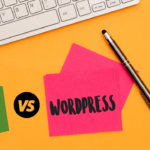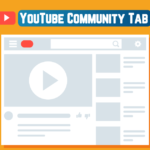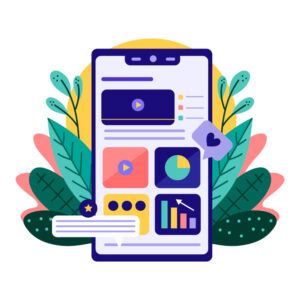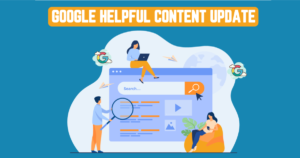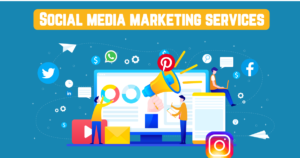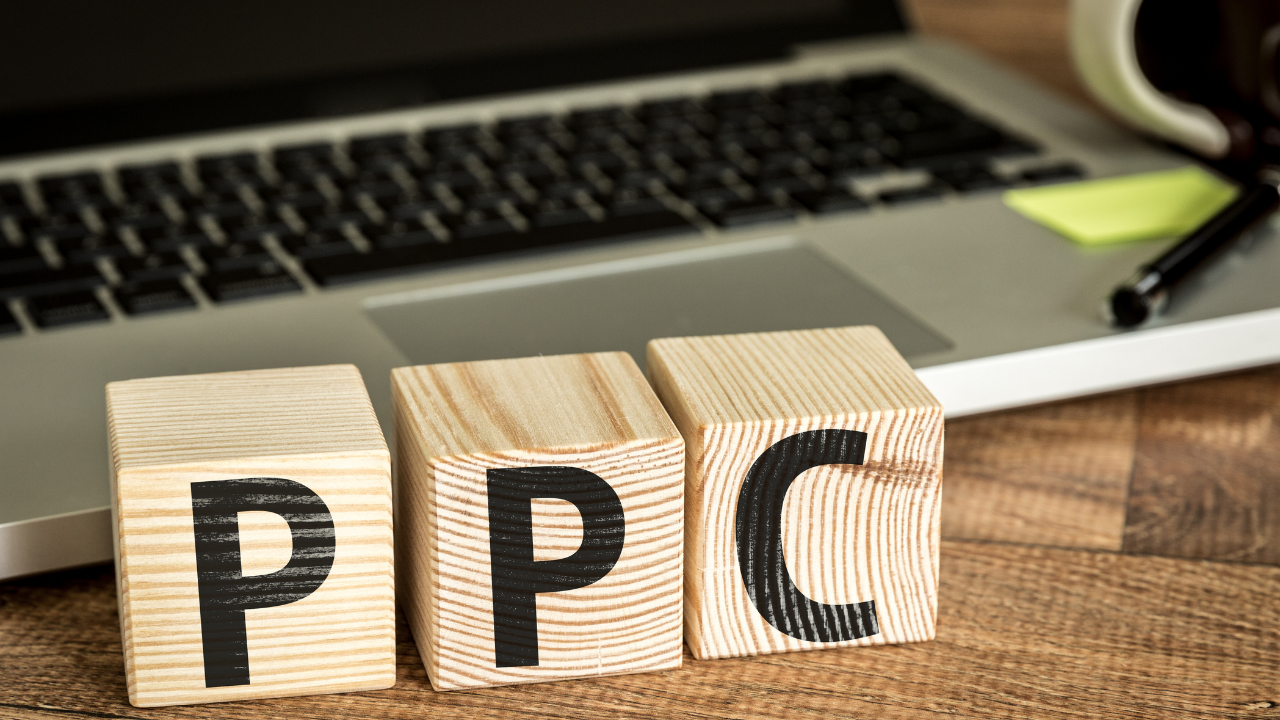
PPC vs CPC:
You are just a beginner and already struck with PPC vs CPC, and all problematic terms of digital marketing are confusing you? Your head is spinning from all acronyms like PPC, CPC, CTR, PPC vs CPC, PPC vs CPM and how to differentiate them? Then you are at the right place! We gotcha!
Digital marketing and advertising are drastically changing over time. Marketers need to be thoroughly familiar with all the terms and new trends becoming part of the digital age. After reading this article, you will fully understand the basics of PPC, CPC, and the war behind PPC vs CPC or does this war exist even in the first place?
PAY PER CLICK (PPC)
PPC stands for Pay Per Click, which is the practice in digital marketing where marketers put ads in all the strategic places on the internet and pay for every “click” on those ads. You are buying traffic for your ads instead of organic traffic.
2 STEPS IN WHICH PPC WORKS
Inbetween PPC vs CPC, now we are discussing the working of PPC.
- Based on keyword and target audience, advertisers’ bids on ads against each other for each click. There are two steps through which PPC works,
- Ad Groups
- Bidding Process
STEP 01
In ad groups, PPC campaigns are organized with an exact list of keywords and landing pages. Both can be optimized to increase conversions (it occurs when the visitor to your website completes your business’s desired goal like email signups, online sales, or article subscription, also known as conversion rate).
STEP 02
In the bidding process, the advertisers are more likely to bid on those terms that are desirable and related to their business, ultimately increasing the potential traffic within their budget. When the auction starts, those ads will win the battle with a quality score and a desired keyword of the searcher!
5 TYPES OF PPC:
Moving forward in PPC vs CPC, now we will discuss some types of PPC advertising:
-
Google shopping ad or Product listing ads (PLAs):
-
- These ads are displayed by Google in the form of a carousel or list format of the product’s image at the top or left side Search Engine Result pages.
- Visitors can have a quick window-shopping experience through these (PLAs).
- Only product name, brand name with price and website details are given with the image. Again! On every click, the advertiser must pay Google.
For example, you can see the image of the google shopping ad given below. The website, Price and all related information are given for the accessible sneak peek whenever someone searches for an “ice cream machine.”
-
Paid search:
-
- All the ads that appear when you put terms or keywords in the Search Engine result page like Google ads, Bing, etc.
- You will select a fixed amount of Price on that keyword select, and now you pay Google every time a visitor clicks on it.
- It is mainly focused on the keyword searched.
- For example, all the advertisers are bidding on the “website maker” keyword; as you can see in the image, Google will display “Ad” next to the URL to show that Google is being paid off for that ad.
In the above case, a website builder is paying google to specifically showcase this ad when the user is looking for a “website make.”
-
Local services ad:
-
- It is the undivided form of paid search in which local services ads appear on the top of search engine result pages with contact number, ZIP code, opening time and business name information.
- These ads are highly effective as well as costly.
- They will connect a consumer with the service provider in the quickest time possible.
- The thing that makes it unique is that they are Google guaranteed ads.
-
Display ad:
-
- Another name of the display ad is “banner ad.”
- These are ads in the form of text-based images or video formats that are displayed on a third-party website to click through an advertiser’s website.
- These include all those Calls to Action (CTAs) like “Shop now!” persuading the consumer to buy the product or service.
- Other types of display ads include Interstitial ads and rich media ads.
-
Social media ads:
-
- It is the same as the Google search ads, but you are paying social media sites this time.
- Advertisers will display ads on relevant social media sites like Facebook, Instagram, Linked In etc.
- Target audience can also be narrowed down based on their interests and demographics so that more relevant people can see the ad.
- As you can see in the “Sponsored” word mentioned in the ad’s image below it is not any post, but a sponsored social media ad.
- Based on the user’s relevant data, these ads are shown, and this way of targeting the audience has made the social media PPC advertising a next-level game.
-
Remarketing ads:
-
- As the name indicates, it includes those ads that engage with the audience by continuously showing them those ads they have previously viewed.
- In short, we are RE- marketing the previously viewed ads again.
- primary purpose of remarketing ads is to make more conversions and let customers keep your brand their head.
6 BENEFITS OF PPC:
Let’s discuss some benefits of PPC in this war of PPC vs CPC,
- Affordable: PPC is affordable! For beginners, PPC can act as a powerful tool to set website traffic to the end business goal.
- Easy to track: In the combination of Google Analytics and Google ads, you can easily measure and track your PPC pricing campaign. No billboards or magazine ads can help you to get that much accuracy and results.
- Full access to information: You has full access to the information about the performance of your ad like conversions, number of impressions, clicks etc.
- Help in segmentation and Target Market: Due to the segmentation options, you will reach only those consumers you want to target! In short, your ad will target the right audience.
- Works Fast: PPC works faster than building a good SEO. PPC can help you to be at the top of the search page in a short time.
- Helps Retargeting: PPC helps in retargeting the audience. It will present your ad to the specified audience, persuading them to make a purchase.
The first part of PPC vs CPC is covered now, moving towards our next part of this blog. In the coming part, we will understand the cost per click (CPC) and how it works?
COST PER CLICK (CPC)
CPC stands for cost per click; it is a performance measuring metric in which an advertiser is paying actual Price on every PPC ad “clicked” by visiting.
Whenever a PPC auction runs, CPC is calculated through ad cost, divided by clicks. CPC-based ads are those ads in which you as an advertiser are guiding visitors to your website by putting an ad banner on another famous website.
2 POINTS ON HOW CPC WORKS?
CPC has two types of models: Price per click based on bidding and fixed Price per click.
- Based on High bidding: In Price per click based on bidding, the higher you bid with a good quality score landing page, the more your ad will be shown to visitors.
- Fixed Price per Click Model: Fixed Price per click model, you as an advertiser will negotiate a fixed price with the publisher in advance for each click. Whenever an ad is clicked, an internal auction system starts, which will ultimately show those ads with a good quality score.
6 BENEFITS OF CPC:
In this war going on between PPC vs CPC, let’s discuss the importance of CPC,
- Insight for costing strategy: Your advertising campaign’s return on investment (ROI) depends upon how much each ad click is costing you; CPC gives you insights into your costing strategy.
- Determining the quality of traffic: This helps you determine which traffic you are bringing in.
- Indicator for ROI: If CPC is too high, your advertising campaign is not bringing that much good ROI.
- Help select and customize Marketing Strategies: It helps you determine which marketing campaign technique is helpful and which technique must be stopped.
- Determines Earning of your business: It helps you determine your business’s earning; the higher the number of visitors visiting your website, the more they are likely to generate the earnings.
- Help to identify target market: It helps you target the right kind of audience, which can help generate the maximum benefit.
Now we will differentiate these acronyms and understand how they are in this confusing war of PPC vs CPC!
PPC vs CPC: CONCLUSION?
Both concepts are recognizable and well defined but connected.
Pay per click (PPC) is a whole different form of a marketing campaign, while cost per click (CPC) measures the performance of the PPC. Google Ads will be those PPC ads that are most beneficial in serving visitors’ needs and based on bids.
After a visitor conducts their search, Google ads will perform the duty of ranking the ads based on the Ad Rank, which is a combination of the searchers’ CPC bids amounts and score quality. So it is concluded that you are using CPC when you want to measure the performance of the PPC campaign.
PPC vs CPC: WIN-WIN FOR BOTH:
You can check your performance through CPC and then make a valuable amendment in your PPC pricing models. You can apply CPC on a single keyword as well as a whole advertising campaign. You can check the earning, ROI, and budget of the PPC pricing model strategy. Now it would be cleared that PPC vs CPC is not a war but just a confusion between two acronyms. Both are the two sides of the same coin. It’s a win-win for both as they contribute to each other in achieving a good advertising campaign.
Follow RG Digitals on Social Media for frequent updates regarding articles and your queries.

